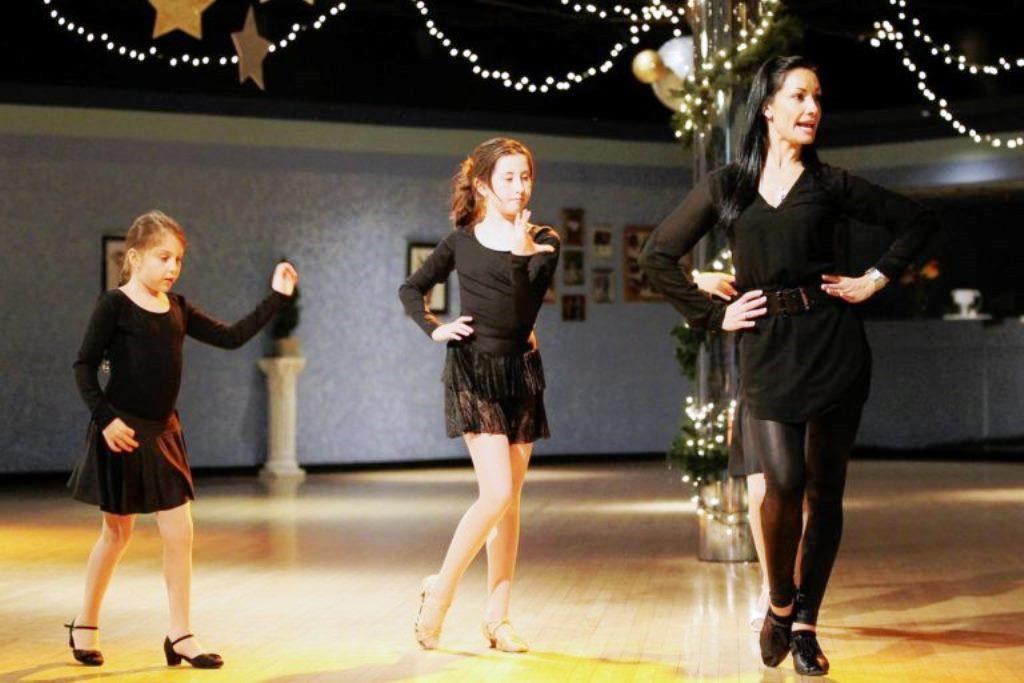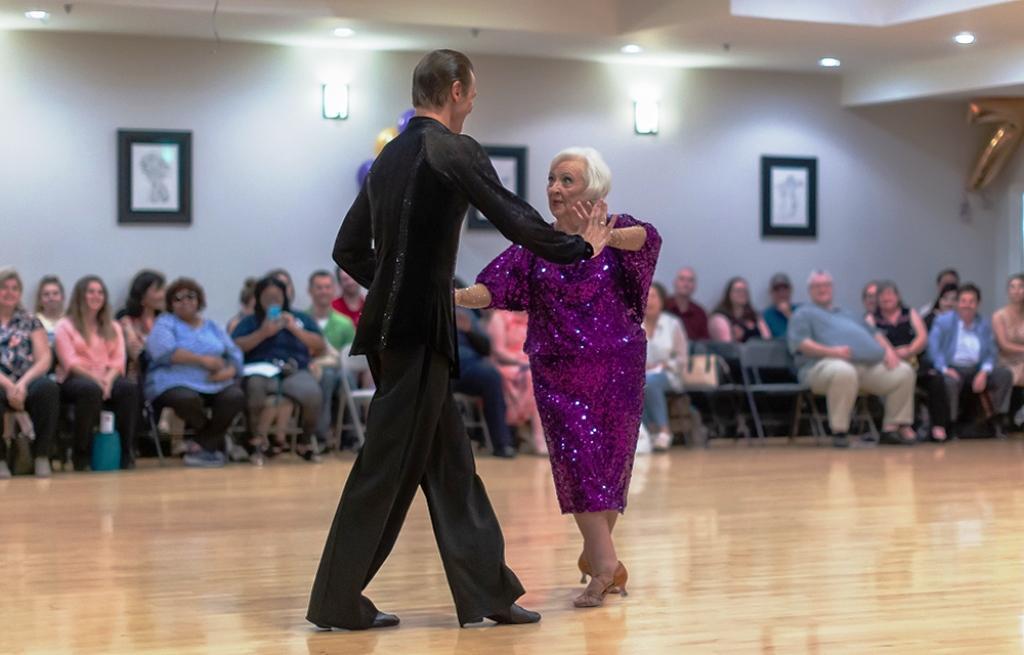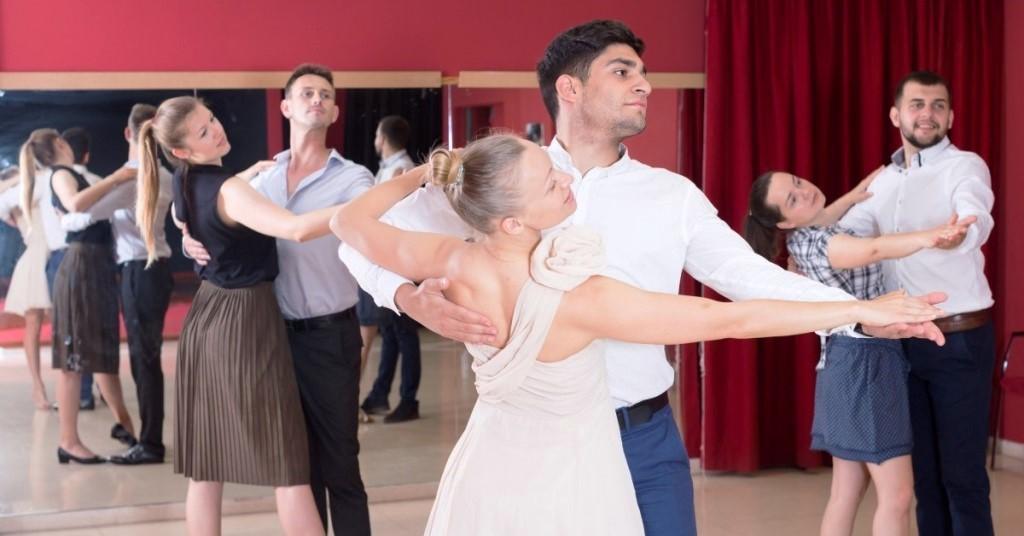
1. Introduction – What is Ballroom Dance and why is it important?
Introduction – What is Ballroom Dance and why is it important?
Ballroom dance is a form of social dance that has been popular in Britain for centuries. It encompasses a variety of different styles, including the waltz, tango, foxtrot, quickstep, and cha-cha. Ballroom dancing is not only a great way to socialise and have fun, but it also has many physical and mental benefits.
Physical benefits of ballroom dancing include improved coordination, balance, posture, and flexibility. It can also help to improve cardiovascular health and strengthen the muscles in the legs and core. Additionally, ballroom dancing can help to reduce stress and anxiety, as the physical activity involved helps to release endorphins and other feel-good hormones.
Mentally, ballroom dancing can help to boost self-confidence, as it requires partners to work together and communicate with each other. It can also help to improve memory and focus, as it requires memorising steps and patterns.
Finally, ballroom dancing is a great way to meet people and make new friends. It is a social activity that encourages people to come together and share their love of dance. It can help to foster a sense of community and belonging, as well as provide an opportunity to make new connections.
Conclusion
Ballroom dance is a great way to get active, socialise, and have fun. It has many physical and mental benefits, and can help to improve coordination, balance, posture, flexibility, cardiovascular health, memory, focus, and self-confidence. Additionally, it is a great way to meet people and make new friends.
2. History of Ballroom Dance in Britain
History of Ballroom Dance in Britain
Ballroom dancing in Britain has been around for centuries, with roots in the royal courts of England and Scotland. The earliest known reference to ballroom dancing in the British Isles dates back to 1589, when Queen Elizabeth I requested a ballroom dance at her court. By the mid-17th century, ballroom dancing was a popular pastime among the wealthy elite and was often used to entertain guests at formal events.
18th Century
In the 18th century, ballroom dancing began to spread to the middle classes, with the development of the minuet and the quadrille. The minuet was a graceful dance performed in a line of couples, while the quadrille featured four couples in a square formation. These dances were popular at both informal gatherings and formal balls, and were often accompanied by live music.
19th Century
In the 19th century, ballroom dancing became more widespread, with the introduction of the waltz and the polka. The waltz was a graceful, romantic dance, while the polka was a lively dance with a more upbeat tempo. Both of these dances were popular at social gatherings and were often accompanied by live music.
20th Century
In the 20th century, ballroom dancing continued to evolve, with the introduction of the foxtrot, the tango, and the jive. The foxtrot was a graceful, romantic dance, while the tango was a passionate, sensual dance. The jive was a lively, upbeat dance that was popular at informal gatherings.
By the mid-20th century, ballroom dancing had become an important part of British culture, with competitions and dance halls springing up all over the country. Today, ballroom dancing is still popular in Britain and is enjoyed by people of all ages.
3. Benefits of Ballroom Dance – physical, mental, and social
Physical Benefits of Ballroom Dance
Ballroom dancing is a great way to stay fit and healthy. It is a low-impact form of exercise that can help to improve your strength, flexibility, and balance. It also helps to build endurance and can help to burn calories. Ballroom dancing can help to improve your posture and coordination, while also helping to reduce stress and improve your overall wellbeing.
Mental Benefits of Ballroom Dance
Ballroom dancing can help to improve your mental health in a number of ways. It can help to improve your memory and concentration, while also helping to reduce stress and anxiety. It can also help to improve your self-confidence and self-esteem, as well as helping to boost your mood.
Social Benefits of Ballroom Dance
Ballroom dancing is a great way to meet new people and make new friends. It can help to break down social barriers and create a sense of community. It can also help to foster relationships and build trust between partners. Ballroom dancing can also be a great way to practice communication and cooperation, as well as developing social skills.
4. Social Aspects of Ballroom Dance – Social Clubs, Competitions, and Events
Social Clubs
Ballroom dancing is a great way to socialise with others, and there are a number of social clubs available across the UK. These clubs offer a range of activities for all levels, from beginners to experienced dancers. Many clubs also host competitions and events, giving members the opportunity to compete and show off their skills.
The Royal Academy of Dance (RAD) is the UK’s leading ballroom dancing organisation. It has a network of over 200 social clubs throughout the UK, offering classes and events for all ages and abilities. The RAD also hosts a number of competitions throughout the year, including the prestigious National Ballroom Championships.
Competitions
Competitions are a great way to show off your skills and push yourself to the next level. There are a number of competitions available for ballroom dancers in the UK, from local events to national championships.
The National Ballroom Championships, hosted by the RAD, is the UK’s premier ballroom competition. It attracts some of the best dancers from around the world, and is a great opportunity to test your skills against the best.
Events
Ballroom dancing events are a great way to socialise and show off your skills. There are a number of events, from informal social dances to more formal competitions.
The National Ballroom Dance Festival is an annual event held in London. It brings together some of the best ballroom dancers from around the world to compete and show off their skills. The event also includes a range of social activities, from live music performances to workshops and classes.
Conclusion
Ballroom dancing is a great way to socialise and show off your skills. There are a number of social clubs, competitions, and events available for ballroom dancers across the UK, giving you plenty of opportunities to improve your skills and have fun.
5. The Impact of Ballroom Dance on Society – How it has Changed over Time
The Impact of Ballroom Dance on Society – How it has Changed over Time
Ballroom dance has been a part of British culture for centuries, and its impact on society has been far-reaching. From the days of the early Victorians, when the dances were used to display class and status, to the modern-day where ballroom dancing is a popular form of entertainment, the way ballroom dance has shaped society has changed dramatically.
The Victorians
In the Victorian era, ballroom dancing was a way for the upper classes to show off their wealth and status. The dances were elaborate and formal, and only the most wealthy could afford to participate. This meant that it was a form of entertainment that was exclusive to the elite, and it was seen as a symbol of wealth and power.
The 20th Century
In the 20th century, ballroom dancing became more accessible to the general public. This was due to the advent of the cinema, which allowed people to watch and learn from films. This meant that more people were able to take part in ballroom dancing, and it became a popular form of entertainment.
The 21st Century
Today, ballroom dancing is still popular, but it has changed significantly. The dances are no longer seen as a way to show off wealth and status, but rather as a way to have fun and express oneself. The rise of social media has made ballroom dancing even more accessible, and it is now seen as a way to connect with people from all over the world.
Conclusion
Ballroom dance has had a huge impact on British society over the centuries. From its origins as a way to show off wealth and status, to its current form as a way to have fun and express oneself, ballroom dancing has changed dramatically. It is now a popular form of entertainment enjoyed by people from all walks of life.
6. Conclusion – Summary of the Social Aspects of Ballroom Dance in Britain
Conclusion – Summary of the Social Aspects of Ballroom Dance in Britain
Ballroom dance has been a popular pastime in Britain for centuries, and its social aspects have had a profound impact on the nation’s culture and society. Ballroom dance has been used to bring people together, to celebrate, to socialise, and to express emotions and feelings. It has provided an opportunity for people to interact and bond, and to learn and grow together.
The popularity of ballroom dance in Britain has been aided by the development of a range of different styles, from the traditional waltz and foxtrot to the more modern Latin and Jive. This has allowed people to express themselves in different ways, and to find a style that suits them best.
The social aspects of ballroom dance in Britain have also been enhanced by the development of a range of venues, from small, intimate clubs to more formal ballrooms. This has allowed dancers of all levels to find a place that suits them, and to enjoy the social aspects of ballroom dance in a comfortable environment.
Finally, the social aspects of ballroom dance in Britain have been supported by the development of a range of different competitions. These have allowed dancers to compete against each other, and to demonstrate their skills and abilities.
In conclusion, ballroom dance has been a popular pastime in Britain for centuries, and its social aspects have had a profound impact on the nation’s culture and society. The development of a range of different styles, venues, and competitions has allowed dancers to express themselves, to socialise, and to compete. Ballroom dance is an important part of British culture, and its social aspects continue to be enjoyed by people of all ages.




